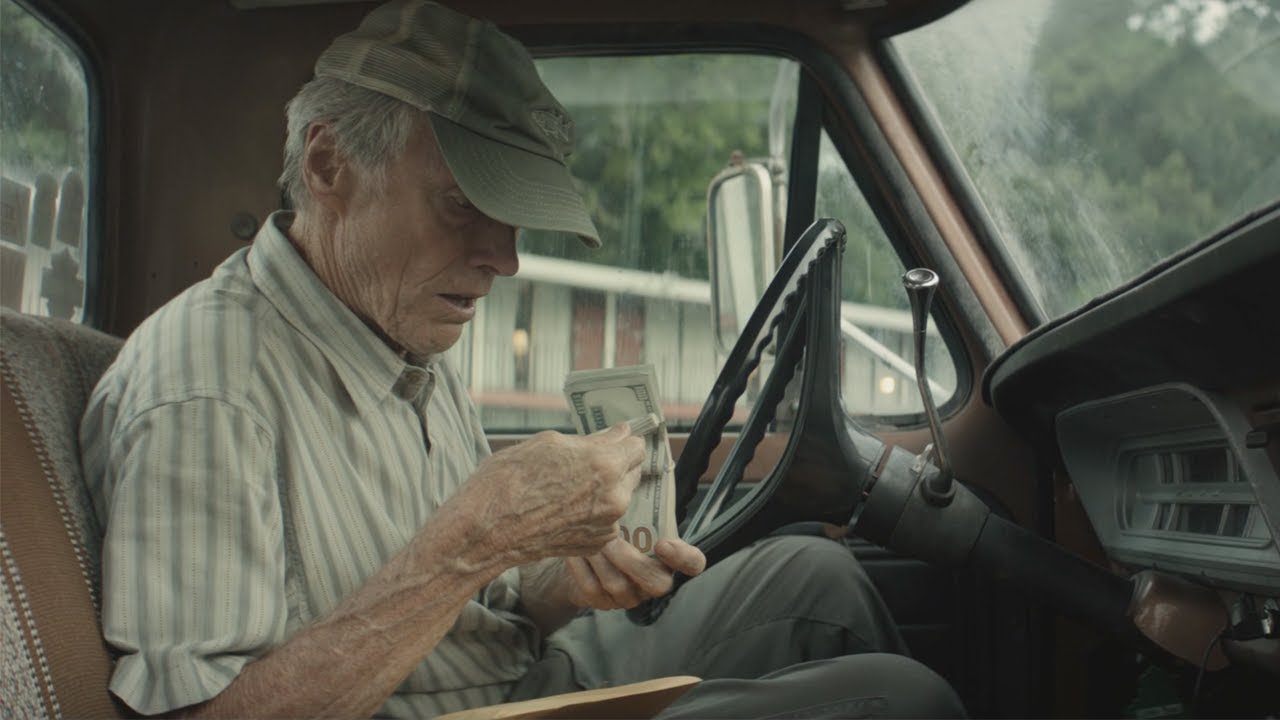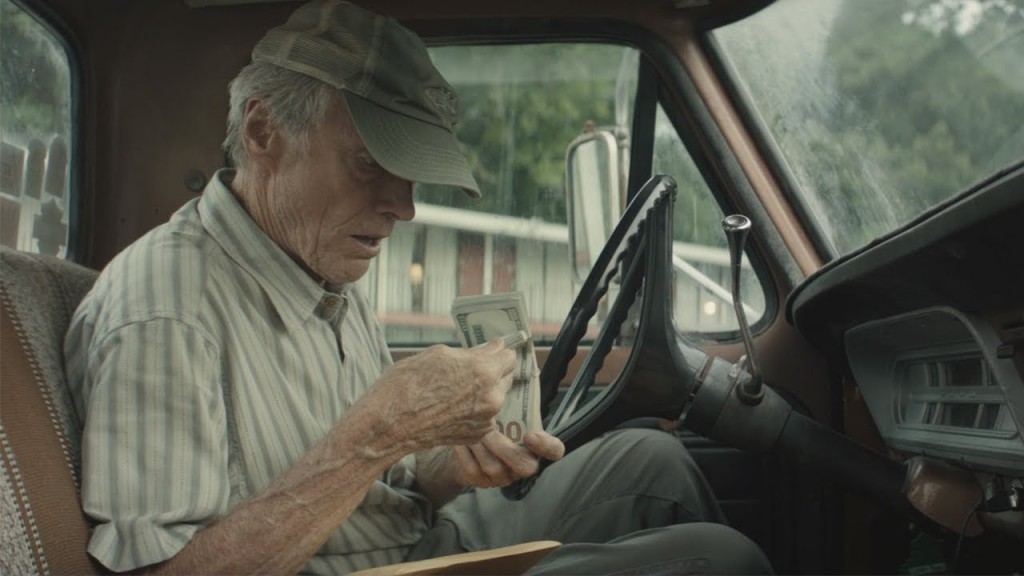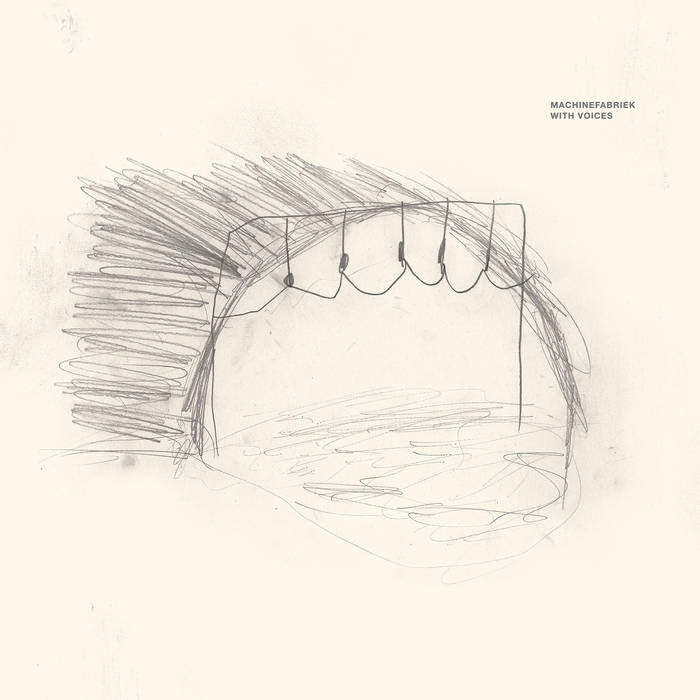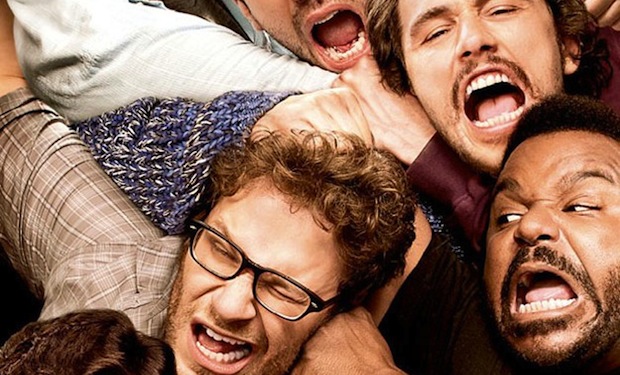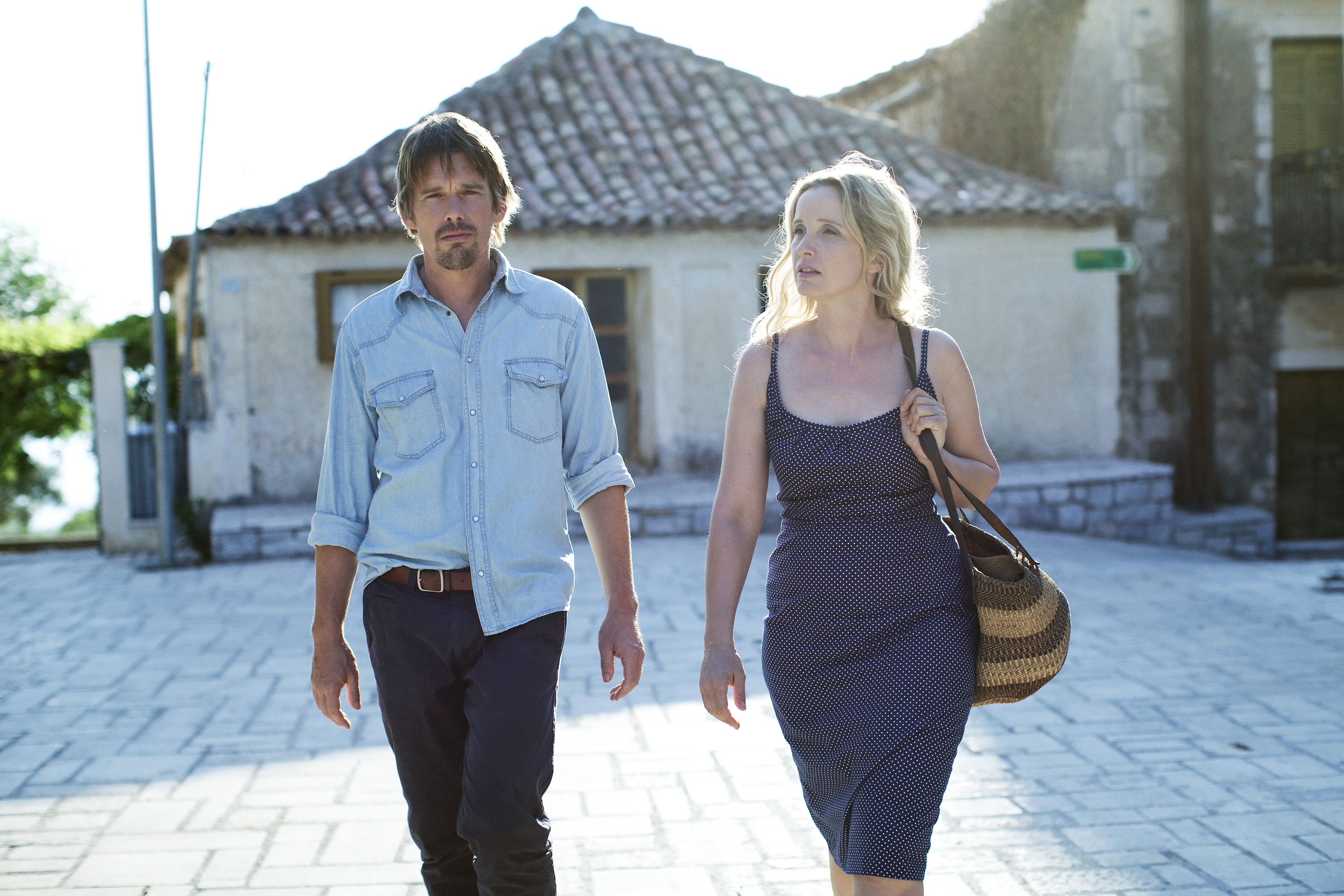In Clint Eastwood’s The Mule, The Man with No Name is faced with his biggest adversaries yet: Cartels, the DEA, and smartphones.
A quite strange and mostly not very good version of what David Lowery and Robert Redford were doing in The Old Man And The Gun, Eastwood directs and stars as a 90 year-old horticulturist who has fallen on hard times and becomes a drugs mule for the local Cartel. Like Redford’s career criminal in Old Man, Mule is a possible swansong in which a screen icon plays a compulsive workaholic who has neglected his family. But Mule has a sourer note of defeat in its final scenes, and lacks the cinematically luxurious appeal of Lowery’s film.
A recent SNL skit described The Mule as a superhero movie for old people, which is pretty spot-on: it’s a bit of a fantasy vehicle for Americans left behind, who don’t like or understand the modern world and its fancy gizmos. After losing his business and home, Earl is introduced to some local Latinos who load up his truck with a duffel bag full of the white stuff. He’s the perfect man for the job: no-one’s going to think twice about an elderly white man with a clean record. Also, he loves the freedom of the drive, tapping the wheel to Sinatra, and these scenes are some of the film’s best — honest moments of pleasure.
This time last year Eastwood’s The 15.17 to Paris showed a creative personality that had slipped into easy, unsubtle, slightly fearful sentimentalism. And there’s some of that here: Sam Dolnick’s screenplay, inspired by Nick Schenk’s 2014 article on the real-life octogenarian drug runner Leo Sharp, has a soft yearning for simpler times, and Earl, an avatar of those times, is indulged at every turn.
At times, it stretches believably. In the middle of a run, Earl pulls over to help a young African-American couple having car trouble. The clueless husband is trying to get signal on his phone so he can Google “how to change a tyre” (there’s a lot of casual shitting on phones). “Didn’t yer Daddy ever teach you?” muses Earl, and gets stuck in. Then he calls the strangers “negroes”. The moment tries to have it both ways: Earl’s outdated vocab is a good-natured, even endearing, mis-step, but he takes his correction well, showing his amenable good nature. But how could a character who was middle-aged during the Civil Rights years not know he shouldn’t say negro? What, exactly, has his garden been growing all these years?
But it’s easy to forgive him, and pretty much everyone does. The DEA agent on his tail (Cooper) treats him with begrudging respect. The Latinos love his banter. The big boss himself (Andy Garcia with a golden shotgun) invites Earl to his Mexican villa, where he’s the life of the party, and sets him up with a threesome — the second threesome of the film. And this is a man whose face looks like he just put his hands on the Arc of the Covenant from Raiders.
Of course, not everyone is impressed by Earl: the more measured portion of the narrative concerns his rocky relationship with his daughter and ex-wife, and the small steps towards a reconciliation. These beats are hardly soft-footed either. When Earl explains to his obsession with flower-growing to his frustrated ex-wife Mary (Dianne Wiest), saying how they “require time and effort”, it’s an obvious lay-up so she can remind him “so did your family”. But Eastwood still has some grit in him, and is Wiest is reliably earnest.
When The Mule stays small, it can be affecting. When it doesn’t, it’s a bit of an ass. Conor Smyth
The Mule is out on wide release.

